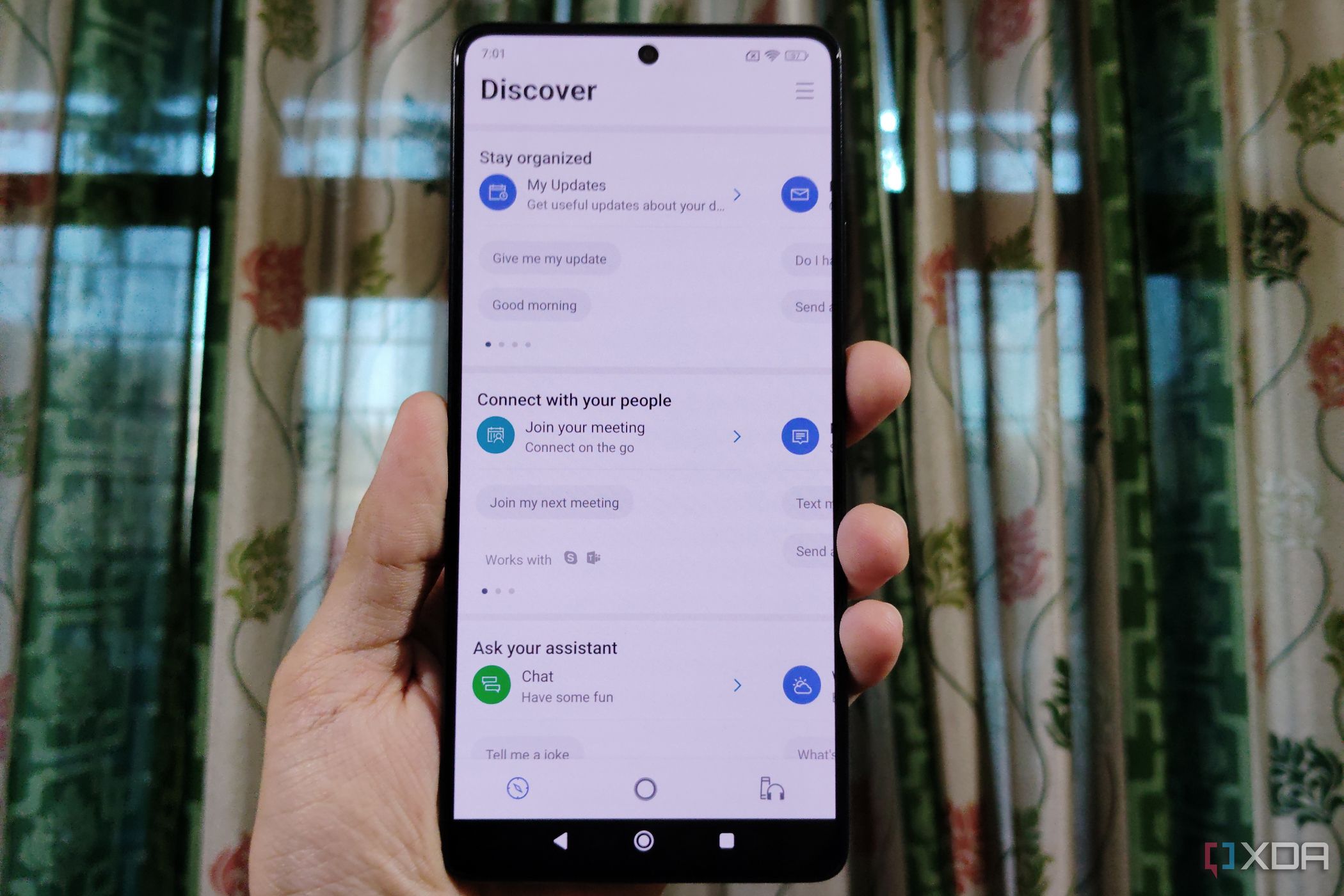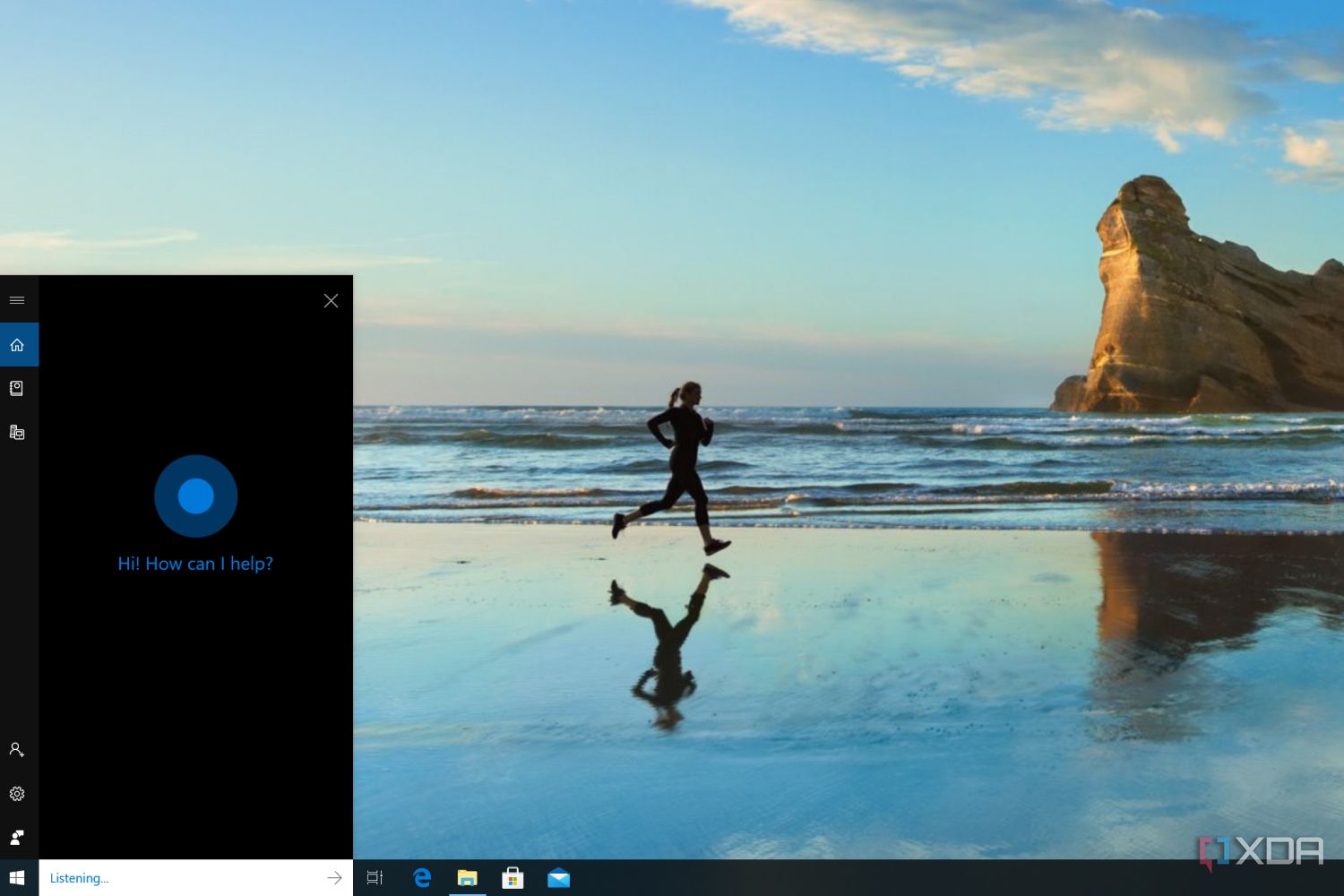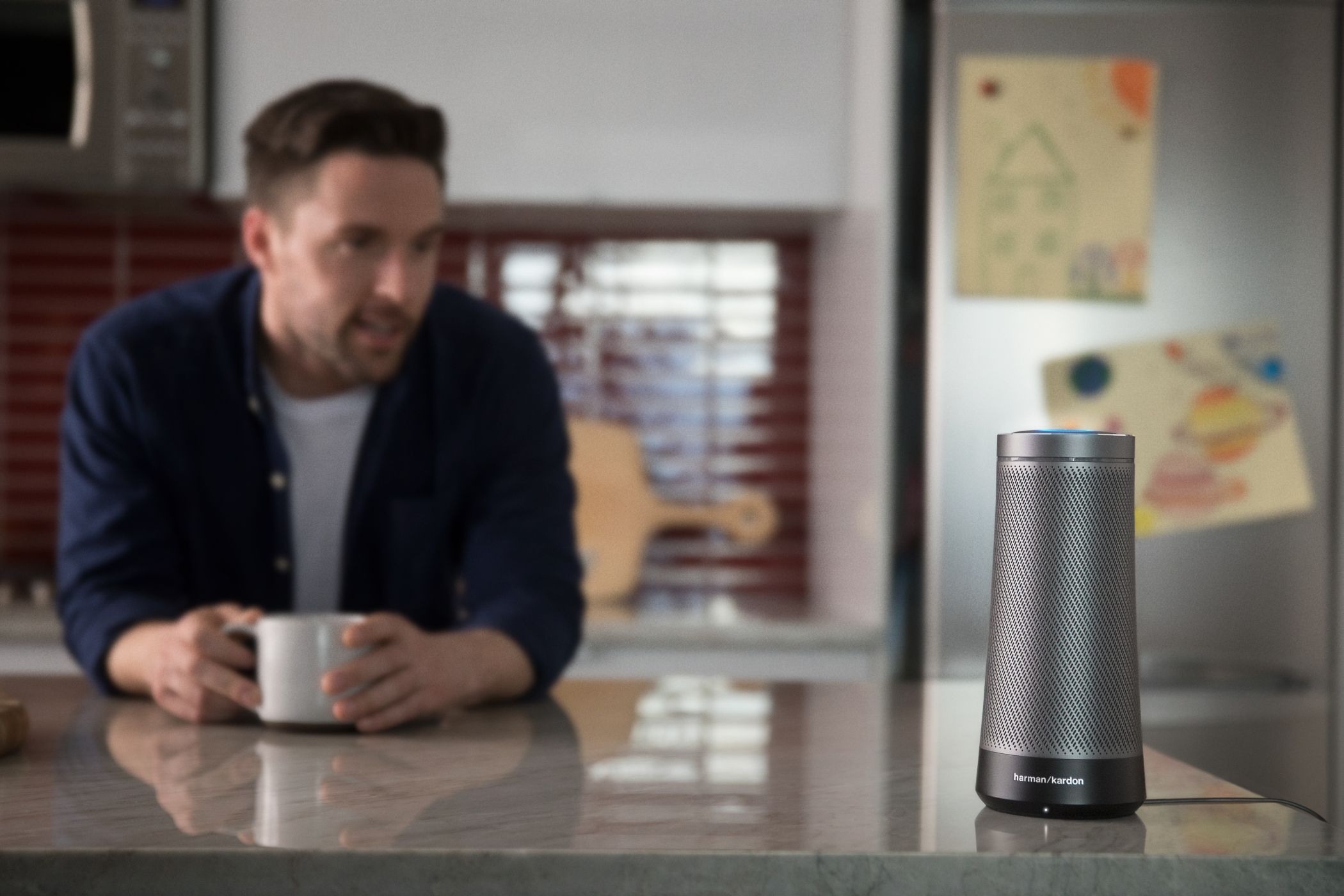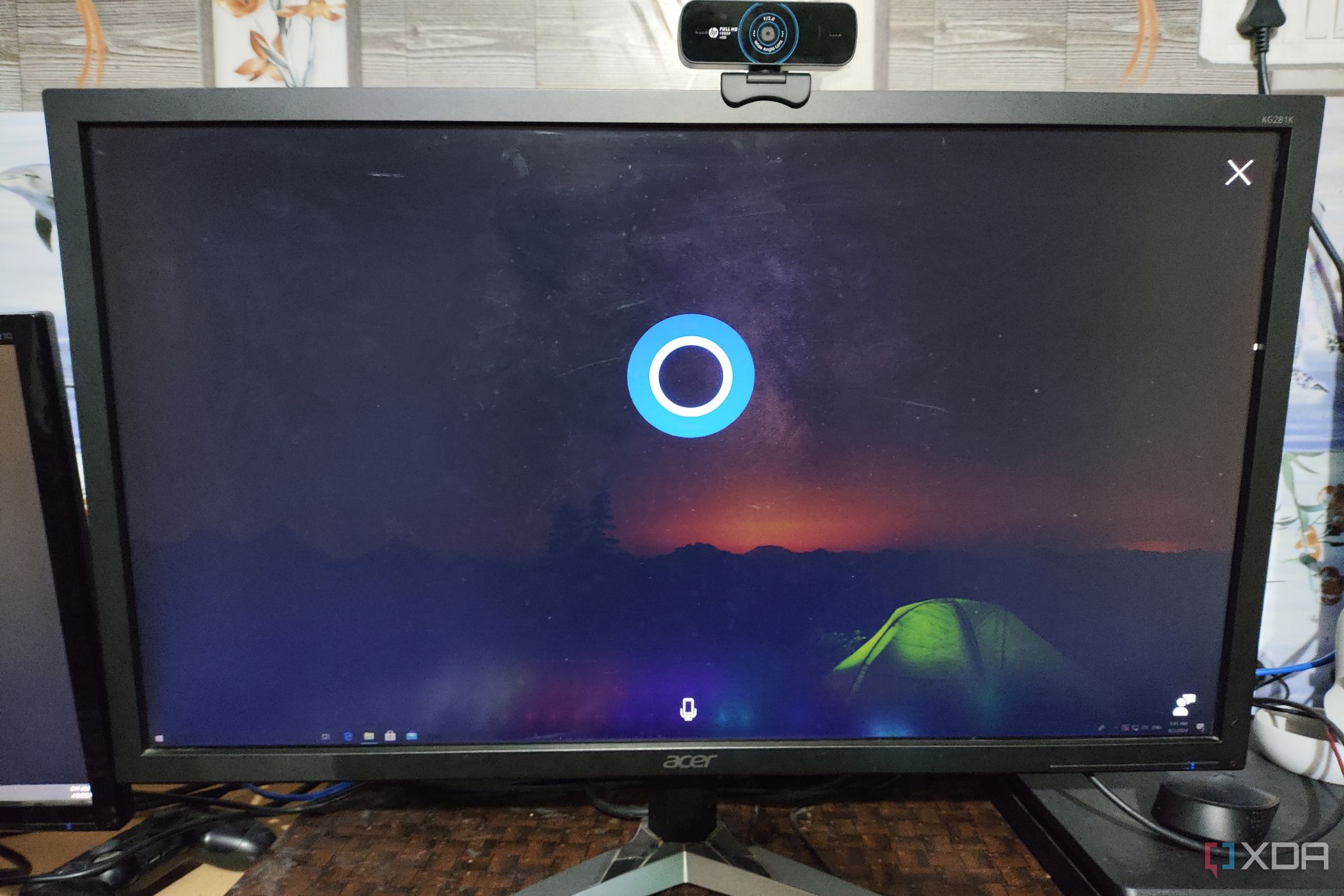Key Takeaways
- Cortana started as a promising virtual assistant but quickly fell from grace due to low interest in Windows phones.
- The rise and fall of Cortana can be traced back to its origins on Windows mobile devices and its unsuccessful attempts to compete with Siri and Google Now.
- Despite Cortana’s demise, Microsoft is pushing forward with a new AI assistant, Copilot, to revamp its digital assistant offerings and stay competitive.
From the creepy-looking Clippy to the adorable little Rover, Microsoft has incorporated virtual assistants in its apps for decades. However, it wasn’t until the release of Cortana that Microsoft went above and beyond to make digital assistants mainstream. Sadly, the result was a complete trainwreck that made the Xbox Kinect look like a successful device.
Today marks the tenth anniversary of the release of Cortana. So, it’s time to look at how Cortana changed from a beloved video-game character to borderline bloatware that suffered an excruciating death at the hands of Microsoft.
The slow and painful death of Xbox Kinect
The Xbox Kinect caused quite a stir when it debuted in 2010, but subsequent versions of the camera failed to make any kind of dent
Microsoft had plenty of names to choose from for the assistant
Imagine if it was called Microsoft Alyx instead of Cortana
Although Cortana later became associated with desktops and PCs, it was initially developed for the Windows Phone. Back in 2009, plans were underway to create a virtual assistant for Microsoft systems. In its early stages, Microsoft planned to give the service a more grounded name like Louise, Alyx, or Naomi. However, the company eventually settled on Cortana, an AI construct from the highly successful Halo franchise.
By 2013, competitors had started to show up within the digital assistant landscape. Apple had already integrated Siri into iOS three years ago, while Android devices had started including Google Now. Microsoft, on the other hand, had its hands full working on an OS for mobile devices following its partnership with Nokia. Clearly, the company needed a digital assistant of its own to level the playing field, and Cortana was the perfect solution. Or at least, that’s what Microsoft thought at the time…
Cortana had a somewhat decent start
Followed by a decade-long losing streak
On April 2, 2014, Cortana was launched for Windows mobile devices. Within a few days, the Windows Phone 8.1 began hitting the stores, with Cortana as one of its core features. Aside from the usual digital assistant functionality such as the ability to accept voice inputs, set reminders, and respond to queries, Cortana also utilized a notebook feature to keep track of users’ interests based on their searches. While it may sound like an invasion of privacy, you had the option to delete all the search records or, even add new ones, if you wanted better suggestions from Cortana. Over the years, Microsoft continued to add more features to the virtual assistant, including the ability for Cortana to give references to the Halo franchise and respond humorously to certain inputs.
During its early days, Cortana wasn’t all that hated and even had favorable opinions from the Windows Phone community. Sadly, things started to go downhill for Microsoft’s digital assistant, especially after the company released it for Windows 10.
Cortana: Assistant (D)evolved
The fall of Cortana was a spectacle indeed
In a bid to increase the adoption of Cortana, Microsoft added it to the initial Out-Of-Box Experience (OOBE) setup procedure, which many users found rather annoying. Cortana was also very intrusive, and its integration was limited to certain Microsoft apps and the Bing search engine. Unlike smartphones and smart home devices, where digital assistants are quite useful, the primary user base of a desktop environment like Windows 10 didn’t have a lot of use for Cortana.
In the end, the Windows version of Cortana only had a small community of supporters. The vast majority of users either ignored it completely or tried to curb Cortana’s resource-hogging tendencies and memory leak issues by disabling it. A few months after its debut on Windows 10, Microsoft added Cortana to Android and Xbox One. Sadly, none of these releases could save Cortana from its terrible fate.
The death of Windows Phones signaled Cortana’s doom
And the launch of a Cortana-powered speaker didn’t help much
Meanwhile, Windows Phones weren’t faring well and were discontinued later down the line. Since Cortana was designed for mobile platforms, it was a huge blow to the virtual assistant. However, Microsoft still hadn’t given up.
In 2017, Microsoft, after taking cues from Amazon’s Alexa, decided to integrate Cortana into smart speakers. If you haven’t heard of Cortana-powered speakers, then don’t worry. The Harman Kardon Invoke was the only speaker that featured Microsoft’s digital assistant. To add insult to injury, it was priced at a whopping $200, which was twice the cost of the Second Generation Echo speaker. Interestingly, Cortana was added to Johnson Controls Glas thermostat. Just as you guessed, it never worked out in Microsoft’s favor, and both Harman Kardon and Johnson Controls ended up dropping support for Cortana.
But Microsoft didn’t let these failures hold the digital assistant back. Nope, because the Windows incarnation of Cortana (and its users) still had to suffer for a few years.
Cortana’s final years
In the words of Master Chief, “We all fail. We all make mistakes…”
As the years passed, it was clear that Cortana wouldn’t generate enough revenue for Microsoft to continue supporting it. Soon, the tech giant began phasing out Cortana by removing most of its functionality. In 2019, Cortana was relegated to a separate button after being split from the Windows Search bar. The next year, Xbox got rid of the digital assistant, with Microsoft removing the Cortana mobile app in 2021.
When Windows 11 was released in 2021, Cortana was nowhere to be seen during the initial startup sequence. In June 2023, Microsoft hammered the final nail in Cortana’s coffin by deprecating its largely useless standalone app on Windows.
Cortana walked so Copilot could fly
And only time will tell whether Copilot flies gracefully or crashes miserably
Today, it’s impossible to run Cortana at even a fraction of its full capability. Even if you manage to install an outdated version of Windows 10, the virtual assistant won’t do much besides listening for the ‘Hey Cortana’ keywords. That said, Microsoft still hasn’t given up on digital assistants. Over the last couple of months, the tech giant has been pulling out all the stops to bring artificial intelligence services to Windows. This includes Microsoft Copilot, the AI-powered successor to Cortana.
Besides aggressively integrating Copilot into Microsoft 365 apps and adding a dedicated Copilot key on laptops, Microsoft has also released a subscription model for its AI assistant. And like it or not, Microsoft’s dedication to making Copilot mainstream will definitely steer the Windows operating system lineup in a new direction.
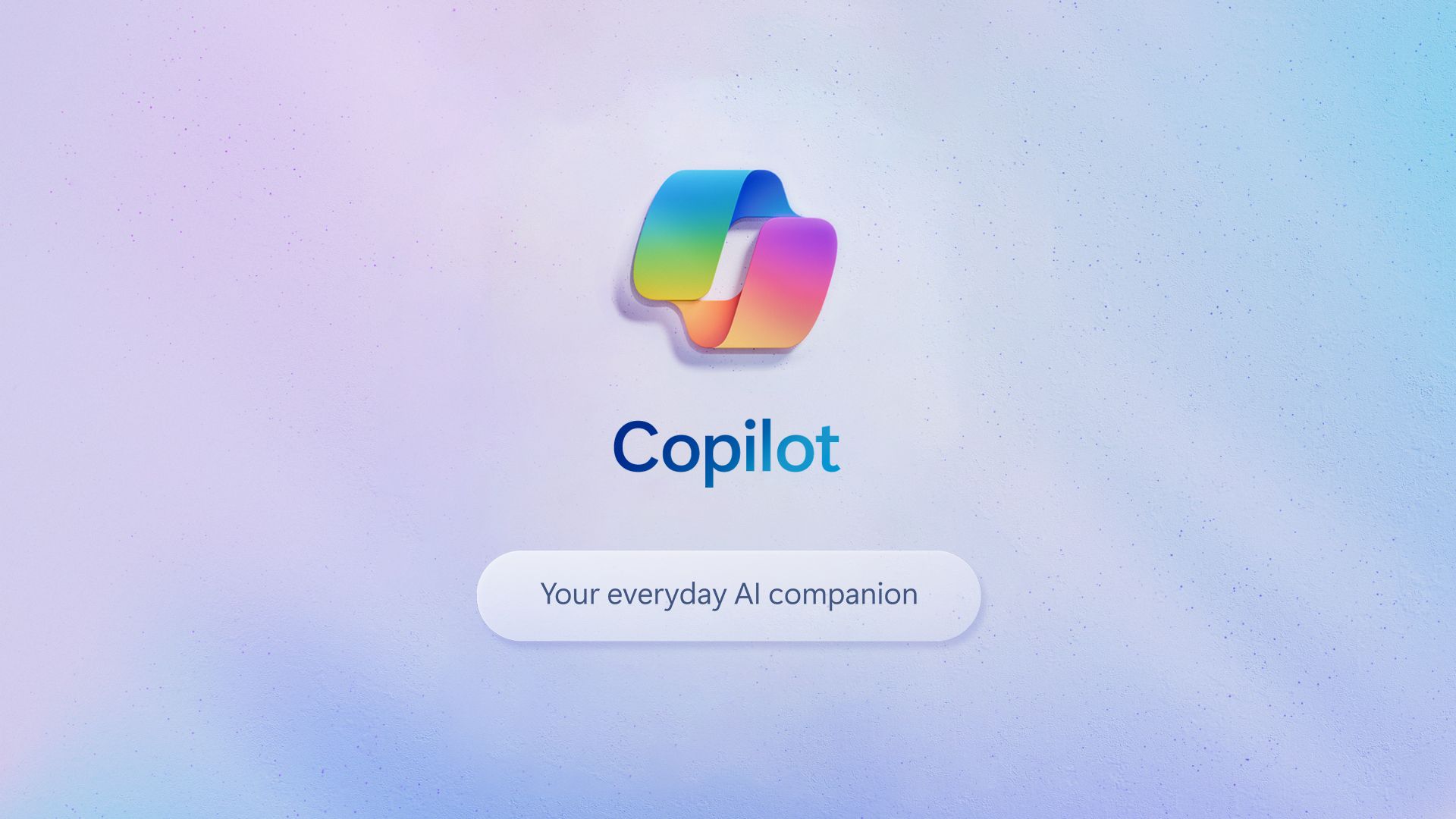
How to use Microsoft Copilot
Microsoft Copilot is quite similar to ChatGPT, but it has a few key differences. Here’s how to use it!
